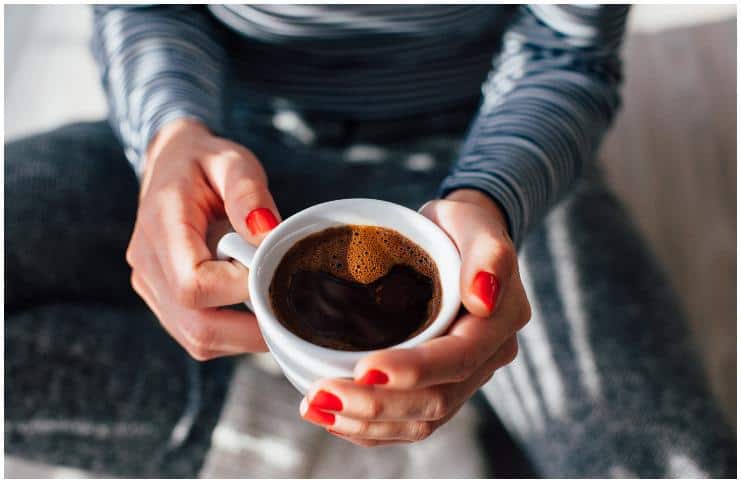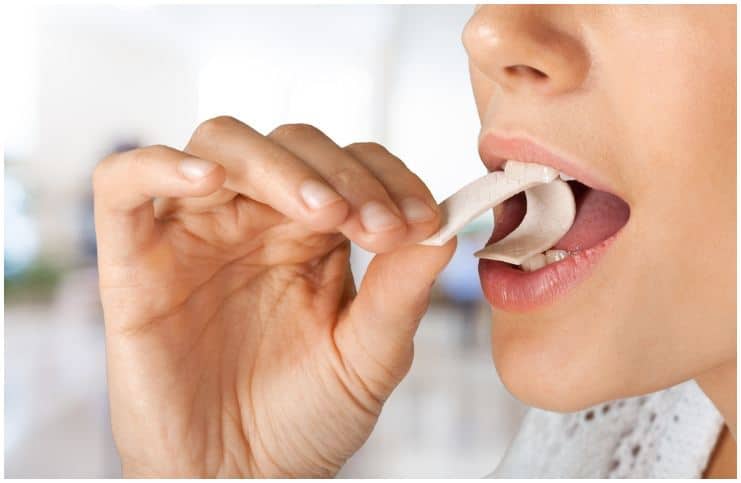Foods Highest in Caffeine:
Caffeine is a naturally occurring compound found in many plants, including tea leaves and coffee beans. According to the FDA, about 90% of the world’s population ingests some form of caffeine.
This substance provides no nutritional value. It’s tasteless, so you don’t necessarily know if it’s in your food. Nevertheless, it can affect your mood and cause physical side effects.
How much is too much?
100 to 200 mg each day is the limit that some doctors suggest, but each individual is a little different. For pregnant women, the tolerated amount of caffeine is less. Latest studies show that more than 400mg/day can put an individual at risk of adverse effects.
Here are some adverse effects of caffeine overdose:
It increases the need to urinate because it increases blood flow through the kidneys and dilates the blood vessels, making the kidneys produce more waste.
Large amounts of this compound can lead to adrenal exhaustion precipitated by the “rush” that it creates in the body. Adrenal exhaustion is especially pronounced in children, who are now consuming more caffeine than ever before, thanks to soda machines in public schools.
It blocks the absorption of magnesium, an important mineral that is essential to the colon’s regulation of normal, healthy bowel movements.
While occasional doses of caffeine can relieve headache symptoms, the overuse of it can cause headaches and usually lead to migraines.
It helps you stay alert, therefore, having too much of it before bedtime can interfere with your sleep patterns. Hence, it may be difficult to stay asleep, fall asleep, or get a good night’s sleep.
It is absorbed from your stomach into your bloodstream. Thus, it can raise your blood pressure for a short period of time, causing a rapid or irregular heartbeat and breathing trouble. Furthermore, if you have irregular heart rhythms, caffeine may make your heart work even harder.
Note
Many of caffeine’s effects, including strength benefits, fat burning, and euphoria, are subject to tolerance, and may not occur in individuals used to caffeine, no matter how large the dose is.
Here is a list of the top 10 foods highest in caffeine:
Caffeine occurs naturally in more than 60 plants, including tea leaves, coffee beans, kola nuts used to flavor soft drink colas, and cacao pods used to make chocolate products.
#1 Coffee
You can expect to get around 95 mg of caffeine from an average cup of coffee. Coffee is the biggest dietary source of caffeine.
The caffeine content of coffee depends on many different factors, such as – serving size, type of coffee beans, toasting, or the type of coffee.
#2 Kola nut
The kola nut, also known as cola acuminate, is a caffeine-rich nut that is native to tropical Africa. Kola nuts have a bitter taste and contain between 1-1.5 percent caffeine by weight. Kola nut is chewed in western Africa, as a breath sweetener.
#3 Black and green tea
The exact caffeine content is difficult to pin down due to mediating factors such as infusion method, brew time, serving size, and whether you drink the 1st or 2nd infusion.
But, in general, an 8-ounce serving of black tea brewed for 3 minutes contains roughly 30 to 80 mg of caffeine, and an 8-ounce serving of green tea contains roughly 24-45 mg.
#4 Guarana
Guarana is a natural source of caffeine derived from the seeds of the Guarana Paullinia cupana, which is a plant native to South America.
Guarana seeds contain 3.6 -5.8 percent caffeine. This plant is associated with many positive effects, such as the burning of fat, increased performance, stimulated brain activity, disease prevention, and elevated potency.
#5 Soft drinks
Most soft drinks contain about 40 mg of caffeine in a 12 oz serving. However, Coca-Cola classic contains only 34 mg, Diet Coke contains 46 mg and a regular Pepsi-cola contains 38mg.
#6 Yerba Mate
Yerba Mate is a holly shrub native to Argentina, Paraguay, Southern Brazil, and Uruguay. The Guaraní Tribe of Parana has used it for millennia, relying on its uplifting, restorative, and medicinal properties.
The branches and leaves are prepared as tea, which contains about 70 mg/100 ml of caffeine. The interesting thing about Yerba Mate is that it isn’t acidic compared to coffee and has a lower tannin amount than green tea and other kinds of tea.
#7 Energy drinks
Energy drinks have no exact regulatory definition but are usually classified as drinks that aim to aid physical and mental stimulation and give an increased sense of alertness. The majority of energy drinks contain between 30 and 200mg per can. For example, Red Bull has 30mg/100g.
#8 Cacao beans
The caffeine content in the cocoa beans (Theobroma cacao) varies with the type of cacao beans and the degree of fermentation. For example, milk chocolate contains about 3.5 to 6mg/ounce, and a 50-gram piece of dark chocolate will yield between 10 and 60 milligrams.
#9 Caffeinated chewing gum
Certain types of chewing gum contain caffeine. The majority of caffeinated gum products clearly advertise the ingredient.
#10 Drugs
The effects of taking caffeine with other drugs (including over-the-counter or prescribed medications) can be dangerous and unpredictable. For instance, there are 65mg of caffeine in Aspirin Bayer Select Maximum Strength, 40mg in Repan, and 65 mg in Excedrin Extra Strength.
READ THIS NEXT:
Vegan YouTubers You Need To Watch
References https://www.ncbi.nlm.nih.gov/pubmed/3874838 https://www.ncbi.nlm.nih.gov/books/NBK209050/


so were dose starbucks fall on this list?
#1